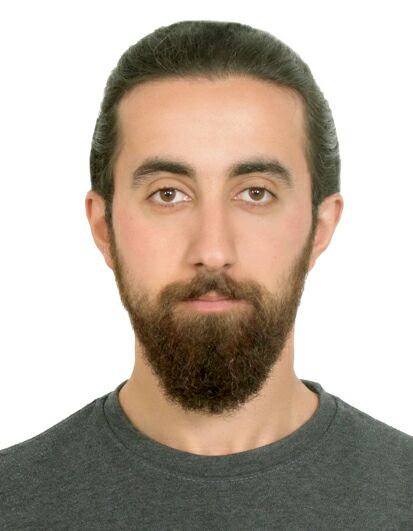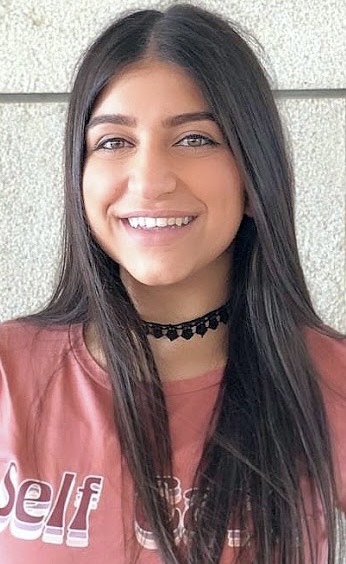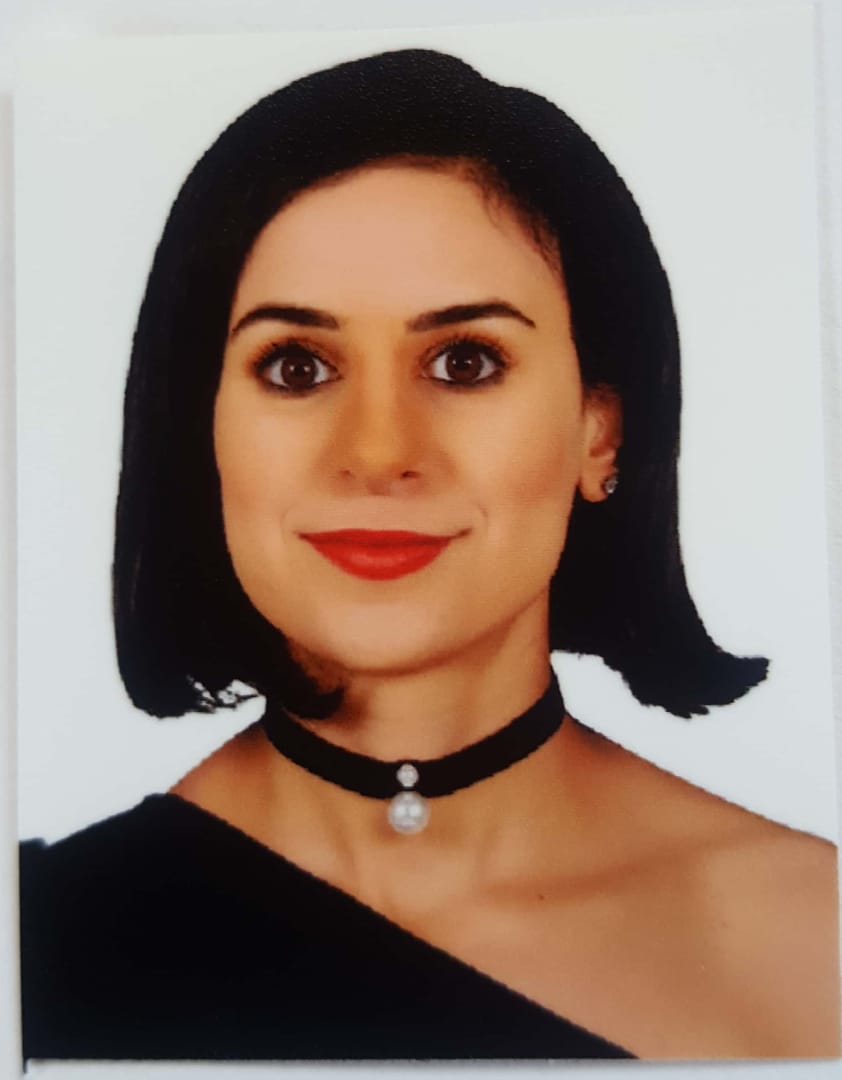VEP - Benefits
The benefits of face-to-face student exchange are well known. Empirical research has shown that those who have the opportunity to study abroad exhibit "higher levels of international political concern, cross-cultural interest, and cultural cosmopolitanism" (Carlson & Widaman, 1988, p. 13), as well as "a greater change in intercultural communication skills" (Williams, 2005, p. 356). Student exchange "can profoundly influence individuals’ pursuit of further graduate studies, career paths, and global engagement" (Paige, et al., 2009, p. 15).
Contact Theory
The theoretical basis of face-to-face exchange is Gordon Allport’s (1954) Contact Theory. Allport observed that inter-group relations can be harmonious when human beings have contact with out-group members, and the interaction adheres to certain conditions:
- Officially-sanctioned
- Reciprocal
- Positive
- Cooperative
According to Allport, even though humans beings universally form strong in-group attachments that originate in the family with their parents, human do have the capacity to accept and acknowledge that a positive disposition toward out-group members will not alter, threaten, or erase their affiliation to and identification with the in-group.
Difficult and Expensive
In spite of these benefits, face-to-face exchange is a difficult and expensive form of educational experience, one more often available to students from rich nations, and one that requires even these students to have the means and flexibility to live far away from home for an extended period of time. According to Lipinski (2014), “Over 90 percent of US universities sponsor study abroad programs,” which encourage students “to enhance their educational experience and increase their global awareness in our interconnected world.” Yet he notes that “only 1% of US students pursue a study abroad experience each academic year” (p. 102).
Virtual Exchange
By comparing Allport's requirements of successful contact with the affordances of the Internet, Amichai-Hamburger and McKenna have theorized that online connection should contribute to positive interaction, not only by “creating equal status, intimate contact, and cooperation” but also by “creating a secure environment, reducing anxiety, cutting geographical distances, [and] significantly lowering costs” (2006, p. 838).
In architectural design (Kvan, 2001; Oztoprak & Erbug 2004), language (Luke, 2006; Nishihori et al., 2008), health science (Chambers et al., 2011; Todhunter et al., 2013), conflict resolution (McIntosh & Alfaleet, 2014), international business (Lipinski, 2014), and many other academic areas, faculty have begun to use different technologies and methodologies to connect their students with counterparts in overseas classrooms.
We have developed this exchange because our experience suggests that cultural trait stereotypes held about family life in the Middle East and the United States can be altered to become more differentiated and objective by engaging you as students at MUBS and SJSU in a cooperative, group educational activity, mediated by technology.
In every field, today's professionals routinely collaborate with counterparts across multiple borders and oceans, sometimes meeting face-to-face and sometimes meeting through the intermediary of technology. Ease and fluency in these settings is an important professional asset.
As a foundation, the exchange will use a form of problem-based learning to help prepare you for this kind of professional collaboration. Developed by faculty and researchers in both the U.S. and Lebanon, the exchange will also emphasize cross-cultural learning, and through new media and technologies it will promote collaborative learning. Working in cross-national teams and empowered with digital tools, you will be tasked to solve the same kinds of problems that you will soon be tasked to solve as professionals, with counterparts you may continue to know long after their course has ended.
As students at SJSU and MUBS, this course will help prepare you to join this century's global workforce.
Testimonials
NWN in Numbers
6
Different locations
10,000
Beneficiaries
Funded
Projects




